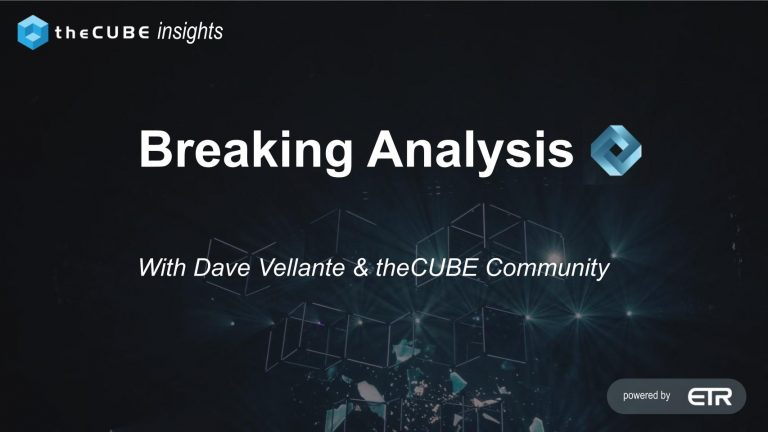Developer tooling is undergoing a shift as AI moves beyond code completion to unify multiple stages of the software development workflow. Recent announcements like GitHub Copilot Workspace and Claude 3’s system-level reasoning showcase how AI is beginning to assist not just with coding, but also with planning, documentation and testing. Emerging projects like DevFlow, which integrates documentation generation, test suggestions, and architecture diagramming, offer an early glimpse into how these trends may reshape developer environments in the near future.
AI-driven development tooling has gradually expanded beyond code completion toward broader workflow support, but progress has largely been incremental. Major commercial platforms such as GitHub Copilot initially focused on assisting with individual lines of code, with recent efforts like Copilot Workspace beginning to support planning and documentation. Similarly, Claude 3 and other large language models have started offering project-wide reasoning capabilities, but often outside the developer’s immediate toolchain. While momentum toward unified, all-in-one toolkits is building, fully integrated environments remain early in their evolution.
Emerging projects like DevFlow illustrate how some newer tools are attempting broader unification. Integrating documentation generation, architecture diagramming, unit test suggestions, and copiloting features into a single environment, operating directly on source code. While still early-stage, these ‘all in one’ environments highlight an effort to consolidate traditionally separate phases of development within a unified AI-assisted workflow, offering a preview of how more comprehensive tooling might evolve.
Source: DevFlow
Research into developer productivity has consistently found that reducing context switching and tightening feedback loops can significantly improve software delivery performance. The 2024 Accelerate State of DevOps Report by DORA links short lead times and fast recovery rates with high-performing engineering teams. GitHub’s introduction of Copilot Workspace emphasizes reduced cognitive overhead and improved developer flow by streamlining transitions from idea to code. Real-world evidence of these benefits has emerged from ANZ Bank, where the large-scale deployment of GitHub Copilot across 1,000 engineers led to measurable gains in productivity and code quality. Similarly, Salesforce’s internal deployment of CodeGenie enhanced developer workflows by integrating AI assistance directly into tools such as GitHub, CLI interfaces, and Slack, automating tasks like pull request generation, code review suggestions, and test case creation. These examples illustrate how unified, AI-assisted toolkits can lead to faster iteration, improved code quality, and more efficient development cycles.
While unified AI capabilities offer a number of advantages, integration can be a significant challenge. A recent Builder.io blog post highlights that many AI tools exist as standalone products rather than integrating seamlessly into established workflows, leading developers to context-switch between their usual environments and external systems, which can disrupt productivity. Additionally, according to the 2024 Stack Overflow Developer Survey 63% of developers cited a lack of context of their organization’s architecture, tools and processes as the biggest challenge with AI tooling in the workplace. Some efforts to improve interoperability are beginning to emerge, such as OpenAPI extensions and initiatives like the AI Plugin Standard, which aim to reduce workflow friction by allowing AI capabilities to integrate more easily into existing environments. However, widespread standardization remains an open challenge.








